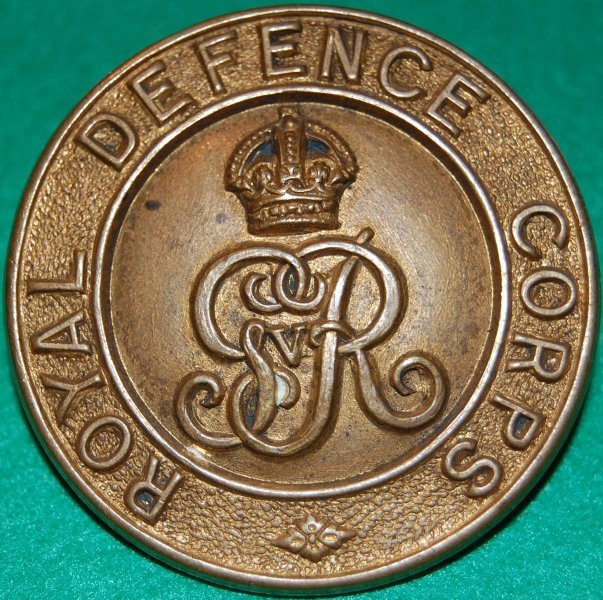Personal Details
Born: 25 April 1898 in Whitchurch, Shropshire.
Family: He was the youngest of three children born to Samuel and Alice (nee Ebrey) Allen. No marriage can be traced for Harry.
Residence: In 1901 and 1911 he lived with his family at the White Lion Pub, Ash Magna, Whitchurch, Shropshire where his mother was the landlady. In 1939 he lived at The Bungalow, Ash Lane, Ash, Whitchurch.
Employment: When he enlisted in 1916 he was a general labourer; in 1939 he was a cheese maker for United Dairy.
Died: In 1964 in Whitchurch, aged 66.
Military Details
Regiment: Royal Defence Corps (previously East Lancashire Regiment – Accrington Pals)
Rank: Private
Service Number: 86260 (previously 39589)
Date of Enlistment: 21 September 1916
Date of Discharge: Not known
Reason for Discharge: Demobilisation
Other Information: Harry spent 88 days in the military hospital at York suffering with chest pains. On release in 1918 he was transferred to the Royal Defence Corps.
Harry was awarded the Campaign Medals (British War medal and Victory medal)

The British War Medal (also known as 'Squeak') was a silver or bronze medal awarded to officers and men of the British and Imperial Forces who either entered a theatre of war or entered service overseas between 5th August 1914 and 11th November 1918 inclusive. This was later extended to services in Russia, Siberia and some other areas in 1919 and 1920. Approximately 6.5 million British War Medals were issued. Approximately 6.4 million of these were the silver versions of this medal. Around 110,000 of a bronze version were issued mainly to Chinese, Maltese and Indian Labour Corps. The front (obv or obverse) of the medal depicts the head of George V. The recipient's service number, rank, name and unit was impressed on the rim.
The Allied Victory Medal (also known as 'Wilfred') was issued by each of the allies. It was decided that each of the allies should each issue their own bronze victory medal with a similar design, similar equivalent wording and identical ribbon. The British medal was designed by W. McMillan. The front depicts a winged classical figure representing victory. Approximately 5.7 million victory medals were issued. Interestingly, eligibility for this medal was more restrictive and not everyone who received the British War Medal ('Squeak') also received the Victory Medal ('Wilfred'). However, in general, all recipients of 'Wilfred' also received 'Squeak' and all recipients of The 1914 Star or The 1914/1915 Star (also known as 'Pip') also received both 'Squeak' and 'Wilfred'. The recipient's service number, rank, name and unit was impressed on the rim.

